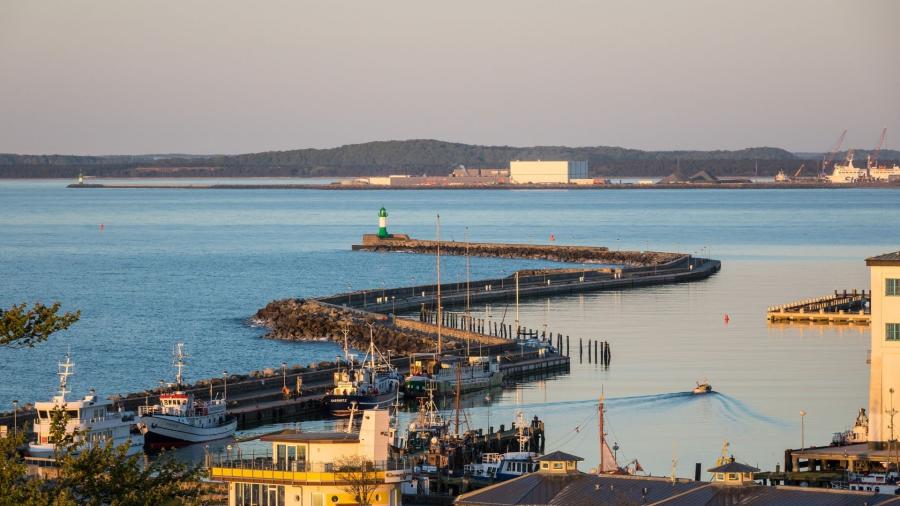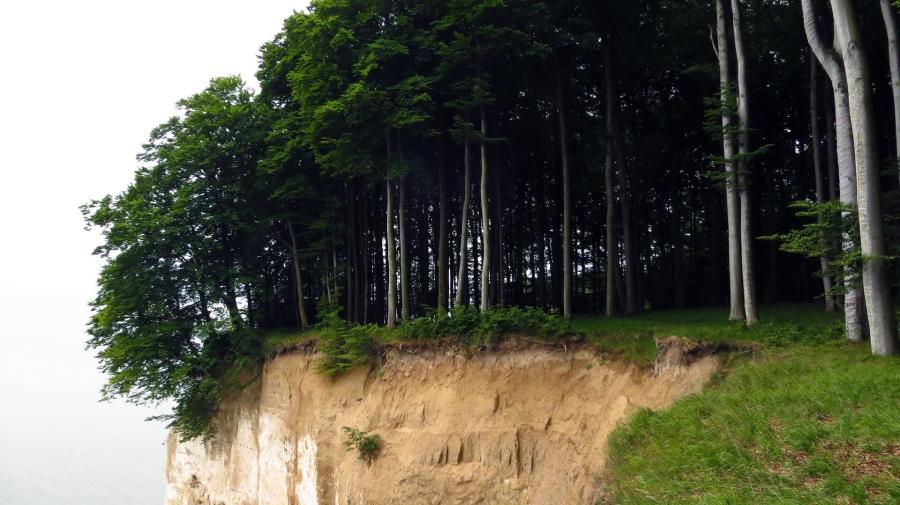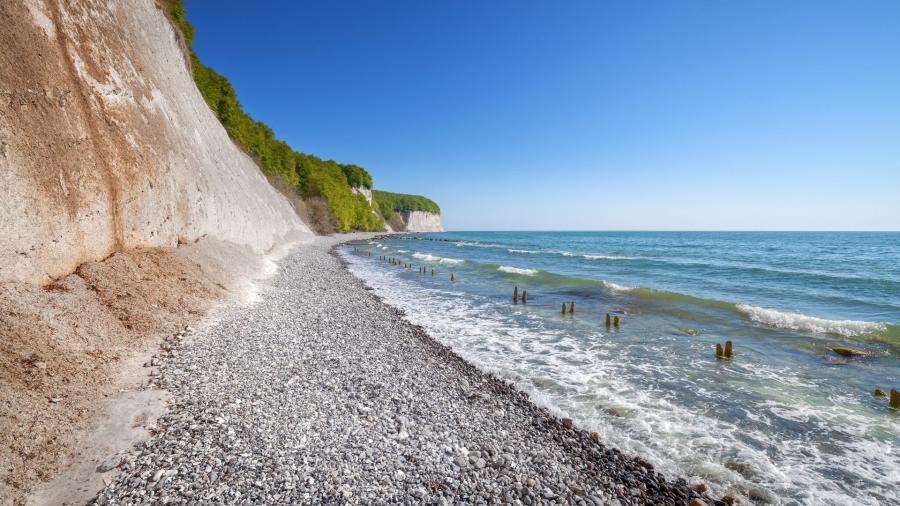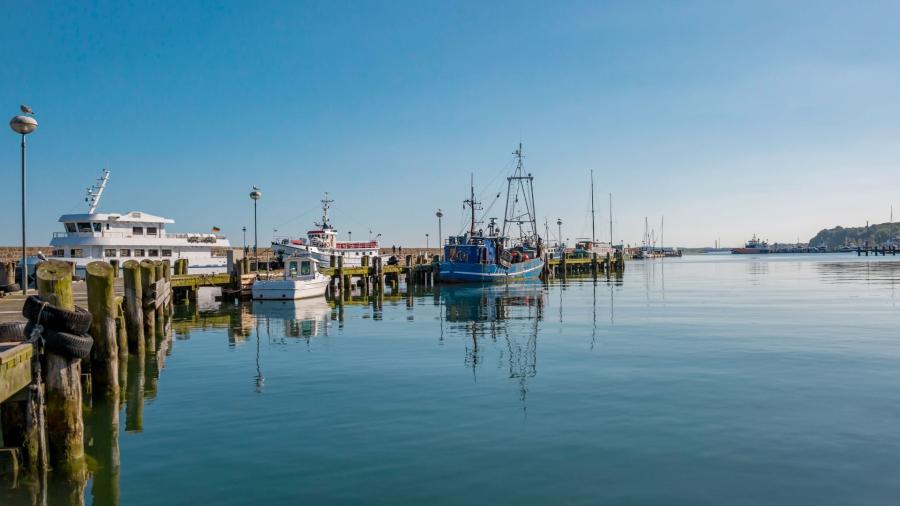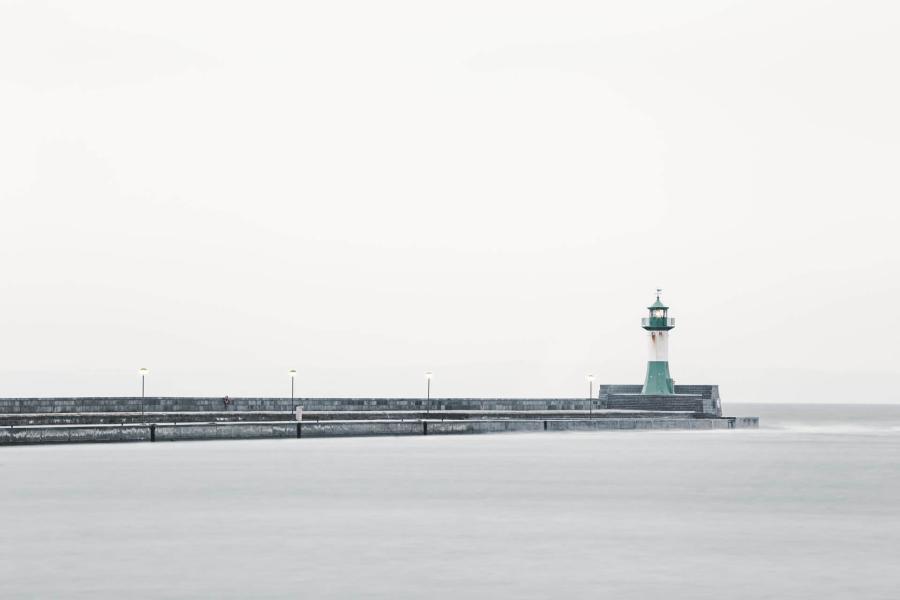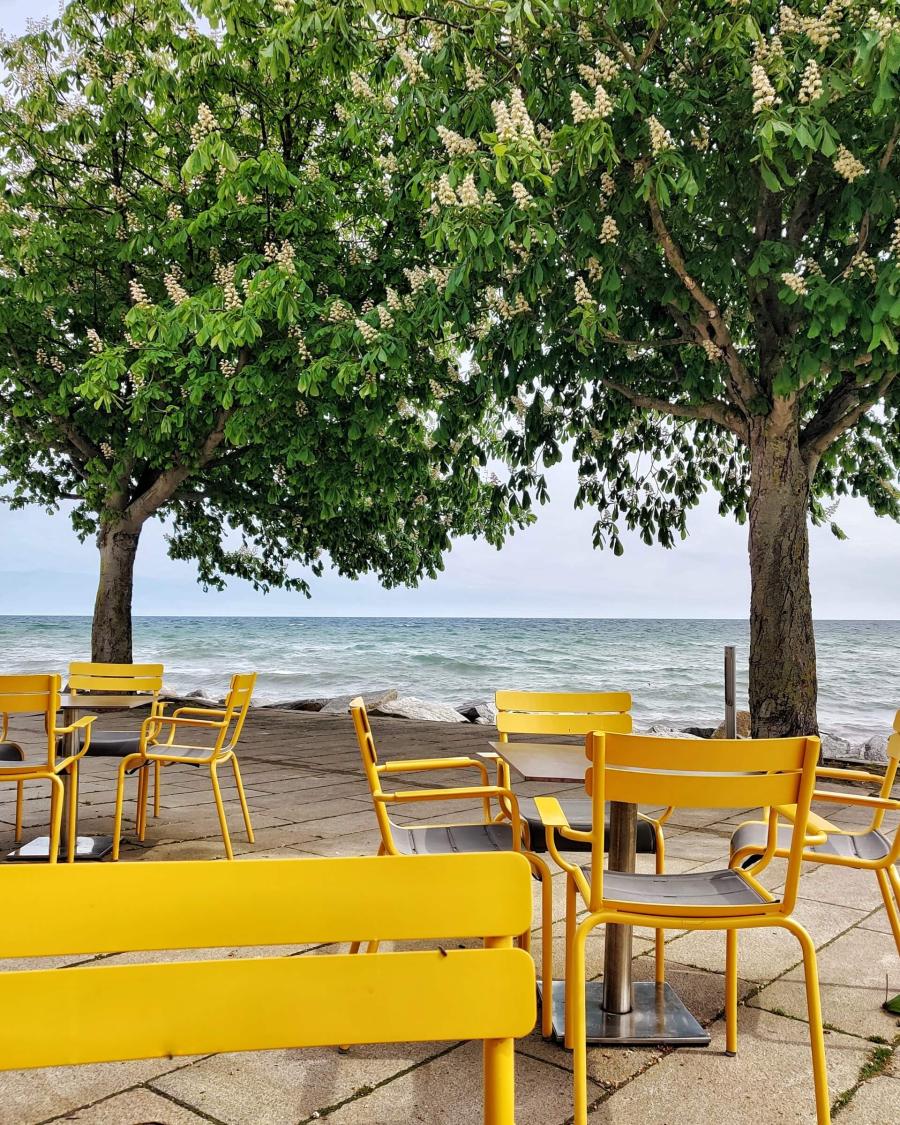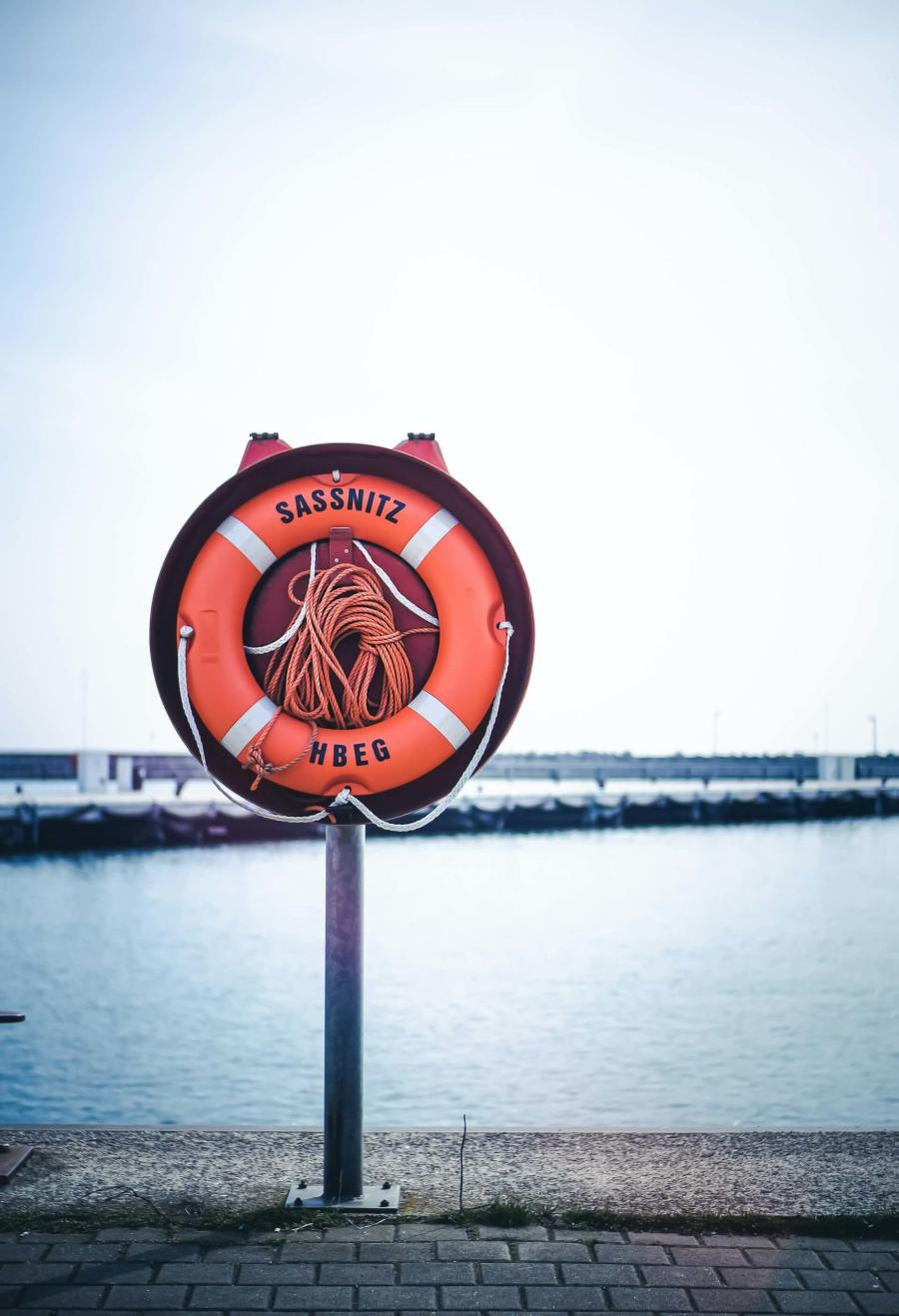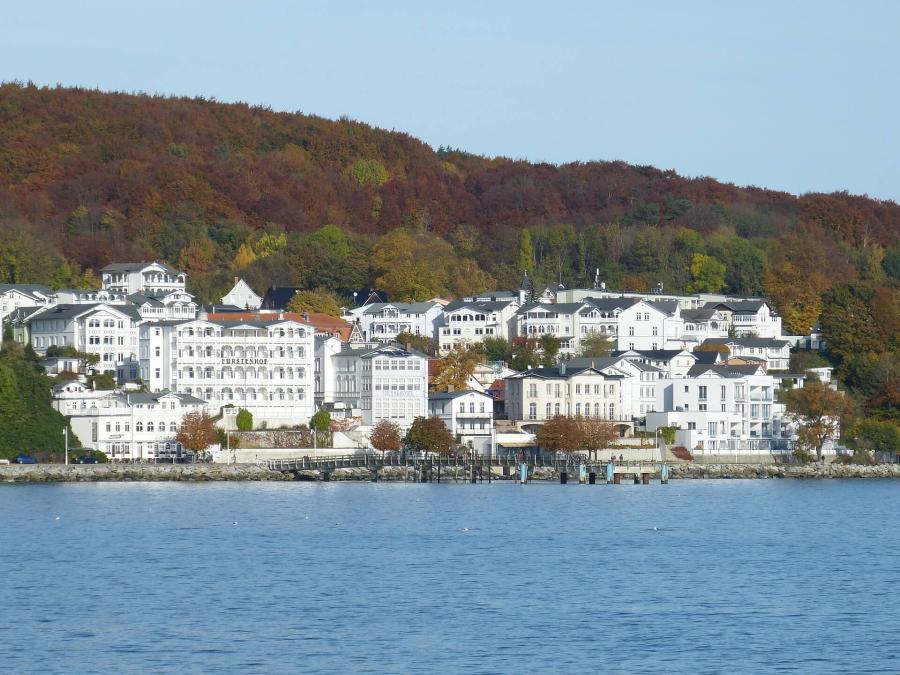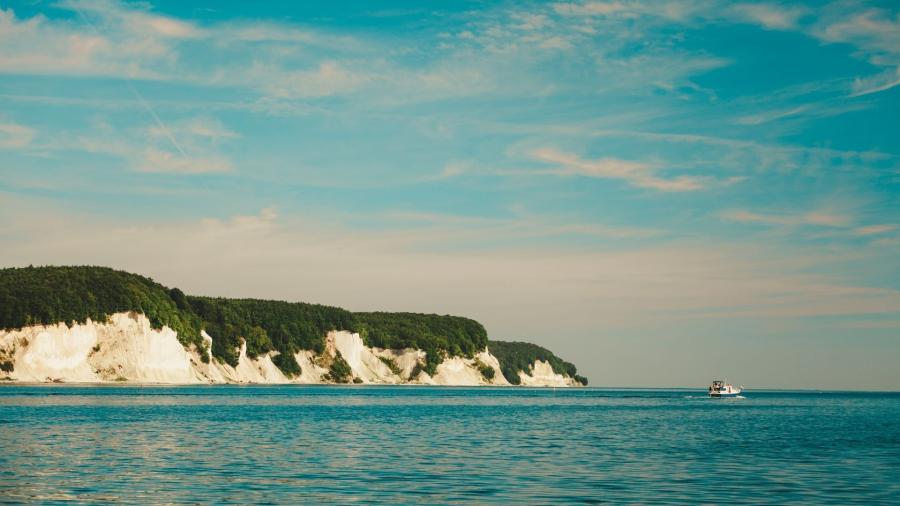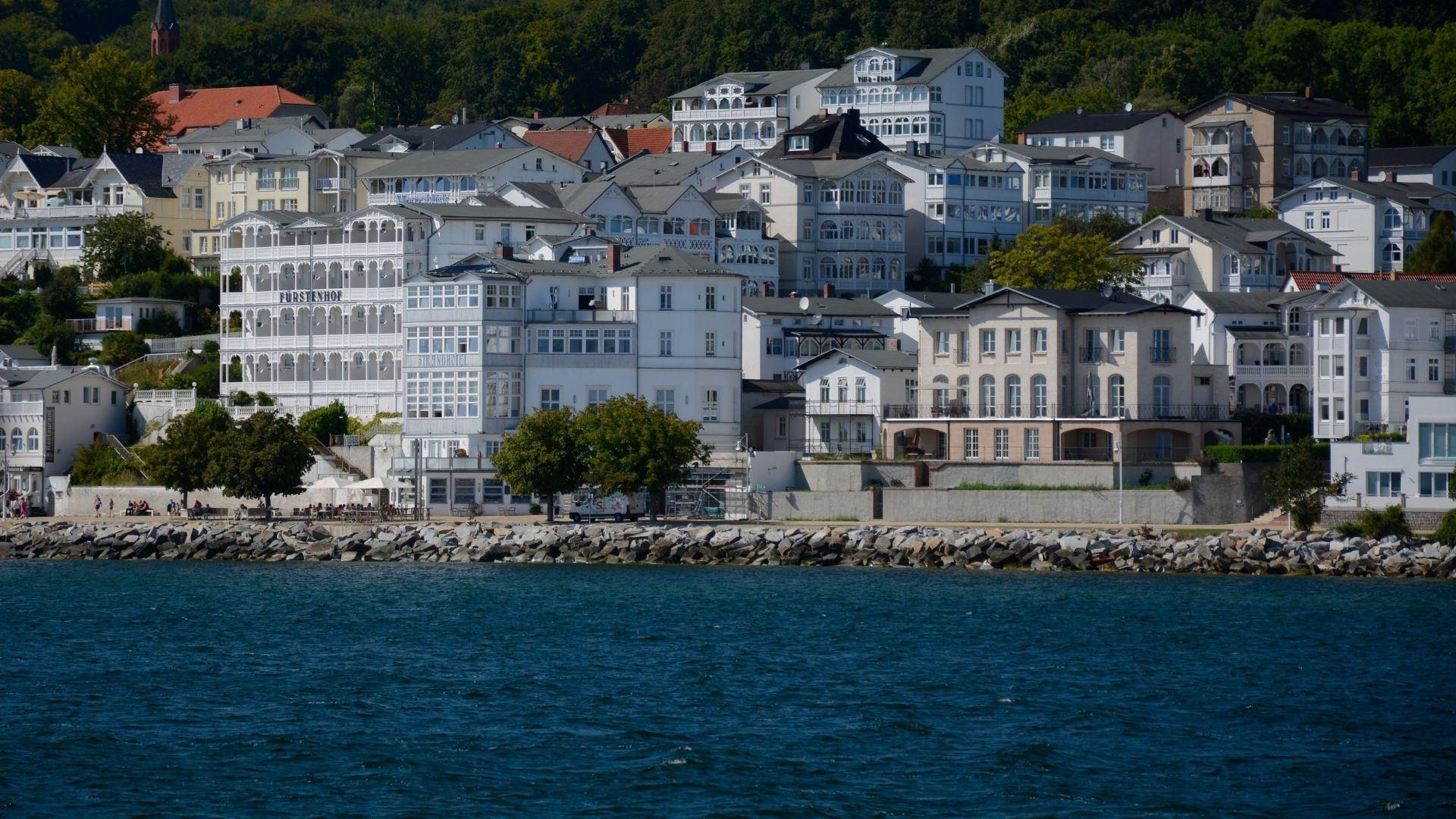
All About Sassnitz
Not many are aware that Germany has close to 50 islands in the North Sea and the Baltic Sea. Of these, Rügen is the biggest, protruding eastwards into the waters of the Baltic. Covering an area of 46 square kilometers on the eastern coast of Rügen is the port town of Sassnitz. Having a population of 10,000, the city’s soul is in its varied topography consisting of cliffs, beaches, and forests. Taking a ferry to Sassnitz is easy, just use Ferryscanner to compare ferry companies and book ferry tickets.
Once a fishing village, Sassnitz increased in size when it combined with a neighboring farming village. Occupying most of the Jasmund Peninsula, it became famous as a retreat in the 19th century. Redeveloped several times, Sassnitz underwent a massive refurbishment in the 1990s. Today, the town has the quintessential seaside resort look and promises a nature-filled holiday for tourists who like a hint of offbeat adventure with a sense of familiarity.
Routes and Ferries to Sassnitz
The ferry port of Sassnitz provides the shortest distance between Germany and the Baltic states as well as Sweden and Denmark. Tourists having booked ferry tickets to Sassnitz from Klaipeda through Ferryscanner get to enjoy a memorable cruise across the Baltic Sea. Until 2020, Stena Line operated a ferry from Trelleborg, which has since been suspended. International passengers can still take a boat from Rønne, Denmark to Sassnitz. Discounted tickets for this journey cost as low as €21.
On land, Sassnitz has good road connections with the rest of the island and mainland Germany. Local travelers much prefer the rail routes. There are several trains from around the country reaching Bergen auf Rügen, 25 minutes from Sassnitz. Regular trains from Binz or Stralsund to Sassnitz run several times during the day.
If wanting to arrive by air, Heringsdorf Aiport at a distance of 78km is the closest to Sassnitz. It only caters to seasonal flights from Zurich, Stuttgart, Frankfurt, and Luxembourg. Alternatively, Rostock-Laage Airport is 110 km away and has incoming flights from Munich, Turkey, and Egypt.
Port of Sassnitz
Located in the northern half of Prorer Wiek Bay, the Port of Sassnitz is a deep water harbor with uninterrupted access to the Baltic Sea. Known locally as Murkan, the port has several berths and both mooring and anchoring facilities for cargo ships, cruises, yachts, and ferries.
The ferry terminal at Sassnitz port is 6km from the city center. It has a bistro, currency exchange, toilets, and parking area. A bus service transfers passengers with ferry tickets to Saanitz from the terminal to the central train station with a stopover at Murkan. The port has easy car access to the highway, and it is possible to pre-book a taxi for your onward journey.
Best Beaches
An edgy coastline with towering cliffs and rocky corners gives the beaches of Sassnitz a distinct character. Not your conventional coves, these seaside outlets are ideally only suitable for walking along the water. Thus, it is best to travel outside the city to any other pebble or sandy beach that lines Rügen Island’s shore for a proper beach day.
Sassnitz Strand
Sassnitz’s city beach is a modest seashore at best. Mainly comprising of pebbles, the windy stretch is a favorite for windsurfers rather than sunbathers. Located near the famous Strand Hotel, the beach is a great place to sit and view passengers with ferry tickets to Sassnitz arriving on boats from Denmark and across the Baltic Sea.
Prora Beach
It only takes 15 minutes to reach Prora Beach by car. If using public transport, it takes an hour, with a bus change in-between. A white-sand beach to the south of the port, Prora is broad and perfect for kids to run around freely. Monitored and clean, there is a bar and toilets next to the strip. Visitors must pay a €2.80 tourist tax to gain entry onto the shoreline. Prora has an FKK nude section to its north. One reason to visit this beach near Sassnitz is to view the Colossus of Prora, a grand ‘holiday complex’ built in the late 1930s.
Hundestrand Glowe
Hundestrand Glowe is a smooth 20-minute northwest drive from Sassnitz. Access to this dog-friendly beach is through a short forest path. Parking is close by and costs €5 per day. Wild and open, the beach does have seaweed issues occasionally. An ice-cream and drinks van usually parks alongside the coast in the summers.
Südstrand Binz
A beach to visit with the family, Südstrand Binz is 20 minutes south along the coast from Sassnitz. Flat, wide, and sandy, it is a favorite with locals and gets busy on warm weekends. A clean space monitored by the volunteer lifeguard group DLRG, Südstrand Binz is not dog friendly and has limited parking. Nevertheless, facilities at the beach include chairs on rent and toilets. A pier nearby is excellent for casual walks, while stalls selling refreshments are typical during the vacation months. Entry onto the beach is possible after paying a nominal tourist tax.
Dranske Strand
Dranske Strand is a thin beach with a picturesque setting, located 35 minutes by car from Sassnitz port. A mixed stretch of sand and pebbles, the drive to the beach is straightforward, and there is parking available 50 meters away from shore. The seabed near the beach turns sandy a few meters into the water. An amazingly wild spot famous for its sunsets, the views of Hiddensee island from Dranske are phenomenal.
Things to Do
Delighted by the freshness of Sassnitz’s attractions, first-time tourists to the city often come back for an unhurried stay. From architectural marvels like the 274-meter long ‘hanging’ pedestrian bridge to misty train rides and the opportunity to admire nature’s wonders, Sassnitz amazes its visitors in the humblest way possible.
Hike Around Jasmund National Park
A stay in Sassnitz is not complete without a hike in Jasmund National Park. Germany’s smallest national park is a UNESCO World Heritage Site famous for its primordial beech forests and white chalk cliffs. Although tourists with ferry tickets to Sassnitz might view the town’s dramatic coastline momentarily, a boat ride around the park promises remarkable sights up close. A chance to be one with nature, there are guided tours and proposed hikes that visitors can take at their convenience. Königsstuhl is the park’s famous white cliff and viewing point with an information center.
Ride the Rügen BäderBahn
Among the best things to do in Sassnitz as a family is to take a joyous trip aboard a unique train. Rügen BäderBahn is a narrow-gauge rail that transfers eager passengers from Putbus to Göhren. The train, operational since 1895, leaves every two hours from morning till late in the evening and covers a 24km long journey. Affectionately known as Rasender Roland, this steam locomotive is much loved by kids. Adults will find the nostalgia of the slow-moving train and its 100-year-old cabins of particular interest. Putbus railway station is only a 30-minute drive from Sassnitz.
Step Inside Submarine HMS Otus
Who’d imagine that a decommissioned British submarine would end up becoming a museum in a north German town? HMS Otus is precisely that, a sub that was in service for 28 years and is now available for viewing in the Port of Sassnitz. As one of the biggest non-nuclear submarines, a visit inside is an eye-opening experience. After paying the entry fee of €8, visitors can walk around the interiors. To explore inside are several chambers like the torpedo and crew room. The museum further provides insight into how sailors survived for days in the confined spaces of the boat.
Walk to Dwasieden Castle
An offbeat experience in Sassnitz is a walk to the ruins of Dwasieden Castle. Owned by Adolph von Hanseman and constructed in 1870 by architect Friedrich Hitzig, the crumbling stone and marble building barely stands amidst a forest area. Used for military purposes at one time, it suffered great damage in 1948. A path from the castle leads to an isolated beach nearby. Along with the WWII bunkers in the vicinity, Dwasieden makes for an interesting photography subject.
Eat at Gastmahl des Meeres
The family-run restaurant is one of the best places to eat in Sassnitz. Offering fantastic sea views, it has both indoor and al fresco dining. Inside, the restaurant’s décor consists mainly of nautical knick-knacks. True to its name, the restaurant’s food is a feast of the sea. Attached to Gastmahl des Meeres is a 12-bed hotel, perfect for travelers who want to stay near the water.
Transportation Around Sassnitz
Sassnitz offers plenty of walking and hiking opportunities. The center is small and a charm to wander around. Travelers arriving with ferry tickets to Saanitz will find that the best way to explore the region’s natural wonders is on foot.
There are regular buses and trains to nearby towns like Bergen auf Rügen and Binz. Taxis are ideal for transfers from the port and to visit coastal villages at a short distance.
Since Saasnitz is on the largest island in Germany, it is worth renting a car and heading out to explore the region’s other attractions like the German Oceanographic Museum and Cape Arkona.
